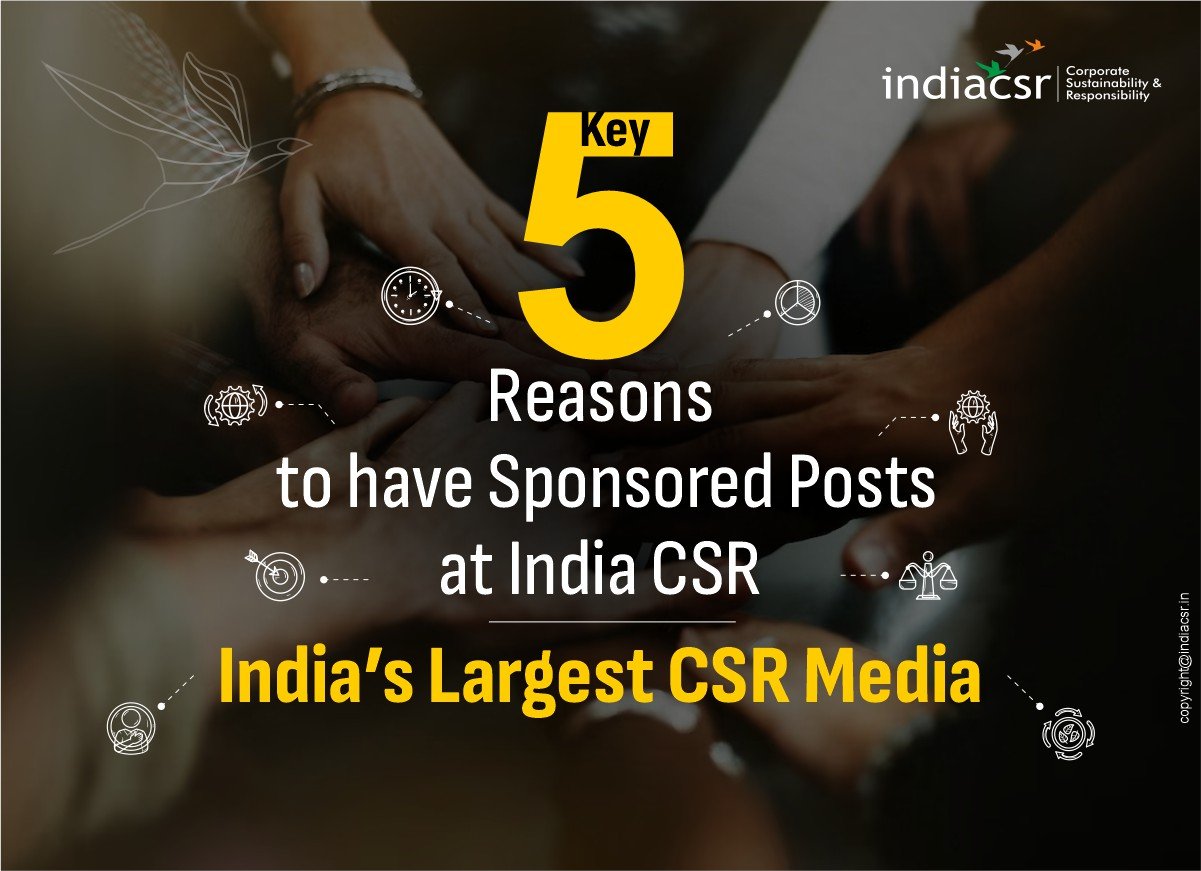When the first ball of the Bangladesh Premier League (BPL) was bowled back in 2012, not even the most optimistic fan could have predicted just how much this cricket league would change the shape, speed, and soul of Bangladeshi cricket. Today, over a decade later, the BPL isn’t just a T20 tournament — it’s a cultural moment, a breeding ground, a commercial juggernaut, and arguably the most transformative force in the country’s cricketing journey.
Let’s be clear: Bangladesh was already in love with cricket. But the BPL — it gave that love a stadium, a soundtrack, a superstar filter.
And more importantly, it gave local players a stage they’d never had before.
The Dressing Room Revolution
Before the BPL, most young Bangladeshi cricketers dreamt of playing for the national team. After the BPL? They started dreaming of playing alongside the world’s best — and beating them.
You had a 21-year-old kid from Rajshahi suddenly opening with Chris Gayle. A leg-spinner from Sylhet getting smashed by AB de Villiers, only to bounce back two overs later with a googly that turned his career around.
This kind of exposure doesn’t come from textbooks or local club matches. It comes from sharing dressing rooms with professionals who’ve played in IPLs, Big Bashes, and World Cups. And for many Bangladeshi players, it changed everything — their fitness routines, their mentality, even their fielding standards.
Take Mustafizur Rahman. The BPL wasn’t where he debuted — but it was where he hardened. Where he learned to bowl at the death. Where he saw what elite batsmen do in the final overs — and how to beat them at their own game.
From Local Hero to Franchise Cricketer
Cricket in Bangladesh used to follow a straight road: club cricket → national team hopeful → selector’s radar.
The BPL built a highway.
It created an alternate economy and identity: the franchise cricketer. Someone like Najmul Hossain Shanto, who started off as a quiet top-order bat, found confidence smashing 71 off 41 for Rajshahi Royals. Or Afif Hossain, who built his career playing under pressure in front of packed crowds before ever playing a Test match.
The BPL gave young cricketers something rare: a stage with risk, reward, and relevance — all before they even got their first national cap.
Upgrading the Infrastructure — and the Mindset
The BPL didn’t just bring foreign players — it brought foreign expectations.
You can’t host a cricket league with Andre Russell and expect rusty facilities or chaotic schedules. The demand for quality infrastructure pushed local boards and stadiums to up their game — better outfields, better floodlights, even better pitch preparation.
But even more important? It shifted mindsets.
Suddenly, everyone — players, coaches, fans — started thinking more professionally. Players learned what it meant to maintain form over a season. Coaches embraced data analysis, match-ups, and fitness tracking. Even commentary improved — sharper, smarter, more informed.
It wasn’t overnight, and it wasn’t flawless. But slowly, Bangladeshi cricket started speaking the language of modern cricket — and the BPL was the dictionary.
Economic Impact: Cricket as a Career, Not Just a Dream
Let’s talk numbers.
Before the BPL, being a professional cricketer in Bangladesh was financially viable — if you played for the national team. For everyone else, the path was narrow and unstable.
The BPL changed that. Overnight, young domestic players found themselves with contracts worth 10–20 lakhs BDT. For a promising 22-year-old, that was life-changing. Suddenly, cricket wasn’t just a dream — it was a career with real financial upside.
The commercial success of the league has attracted various sponsors and partnerships, with platforms like dbbet app recognizing the growing market potential and increased fan engagement that the BPL has generated across the country.
And with that came everything else: better training, better diets, personal coaches, sports psychologists — the whole package. Because once cricket started paying like a profession, players started treating it like one.
The Cultural Shift: Cricket as Entertainment
There’s no denying it — the BPL brought showbiz into Bangladeshi cricket.
Lights. Music. Branded jerseys. Fan zones. Jingles. TikToks.
It’s easy to mock the glitz, but it did one very important thing: it brought in a new generation of fans. Kids who didn’t grow up watching 5-day Tests suddenly had a reason to care. Families went to stadiums not just for cricket, but for the spectacle. Cricket became fun, loud, and everywhere.
The league’s entertainment value has attracted not just traditional fans but also engagement from betting sites online, highlighting cricket’s evolution into a complete entertainment package that extends far beyond the boundary ropes.
And if we want cricket to grow, we need that energy.
Not Without Flaws — But Undeniably Transformative
Has the BPL had issues? Definitely.
Franchise instability. Payment delays. Politics behind team selections. A few years with no international broadcast. These are growing pains, and to be fair, they’ve cost the league some momentum.
But despite its imperfections, the BPL has done more to modernize and energize Bangladeshi cricket than any other domestic initiative. It has redefined what it means to be a cricketer in this country.
And it has planted the idea that Bangladesh — not just as a team, but as a cricketing culture — can belong on the global stage.
Final Over: The Legacy Still in the Making
The BPL isn’t just a tournament — it’s a mirror and a megaphone. It reflects where Bangladesh cricket is, and it amplifies where it wants to go.
Every slog sweep, every Super Over, every emerging player who goes from “Who’s that?” to “Next big thing” — it all adds up to a league that’s not just changing games, but changing futures.
So the next time you hear a Dhaka crowd erupt after a local youngster smashes a world-class pacer over long-off, remember:
That moment wasn’t born in a day.
It was built by the BPL.























